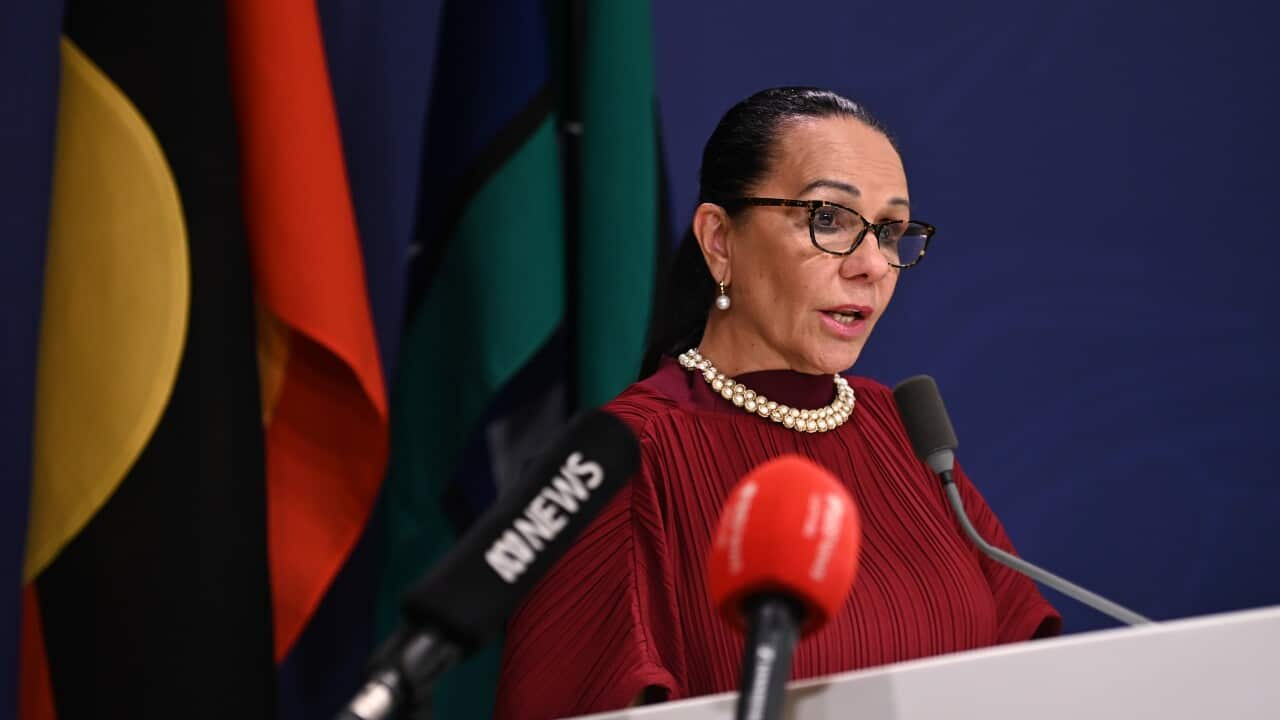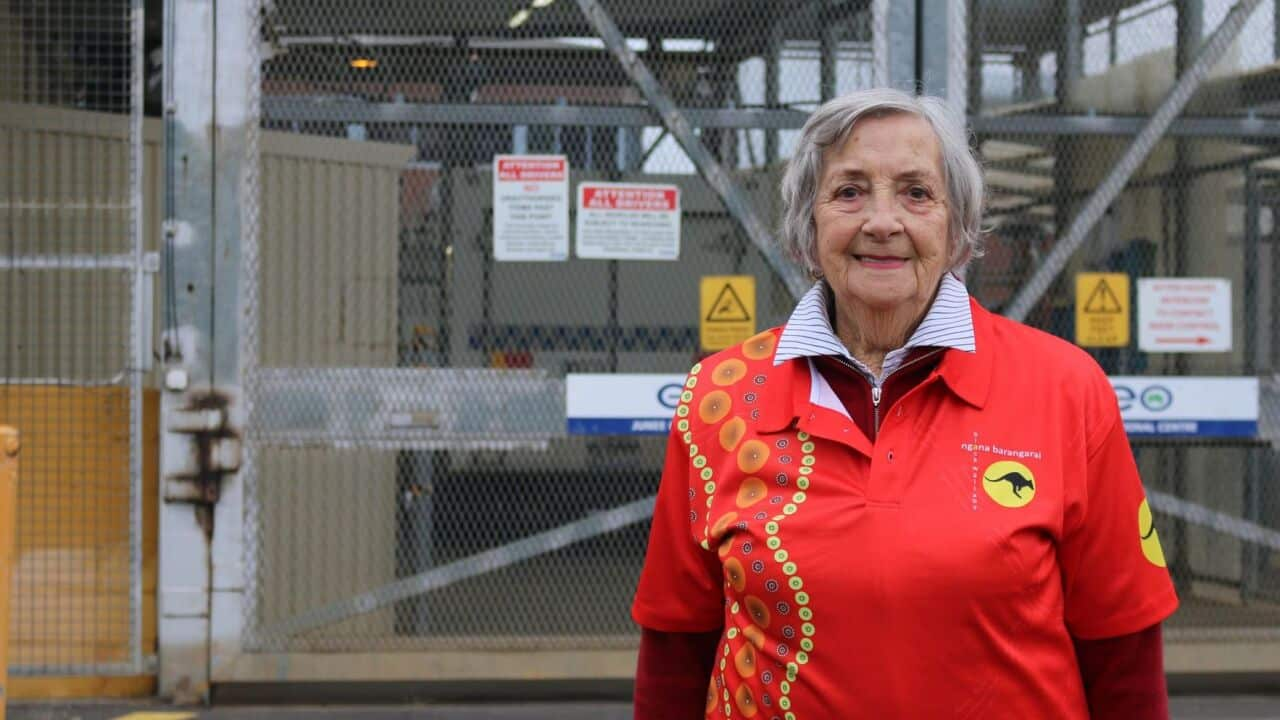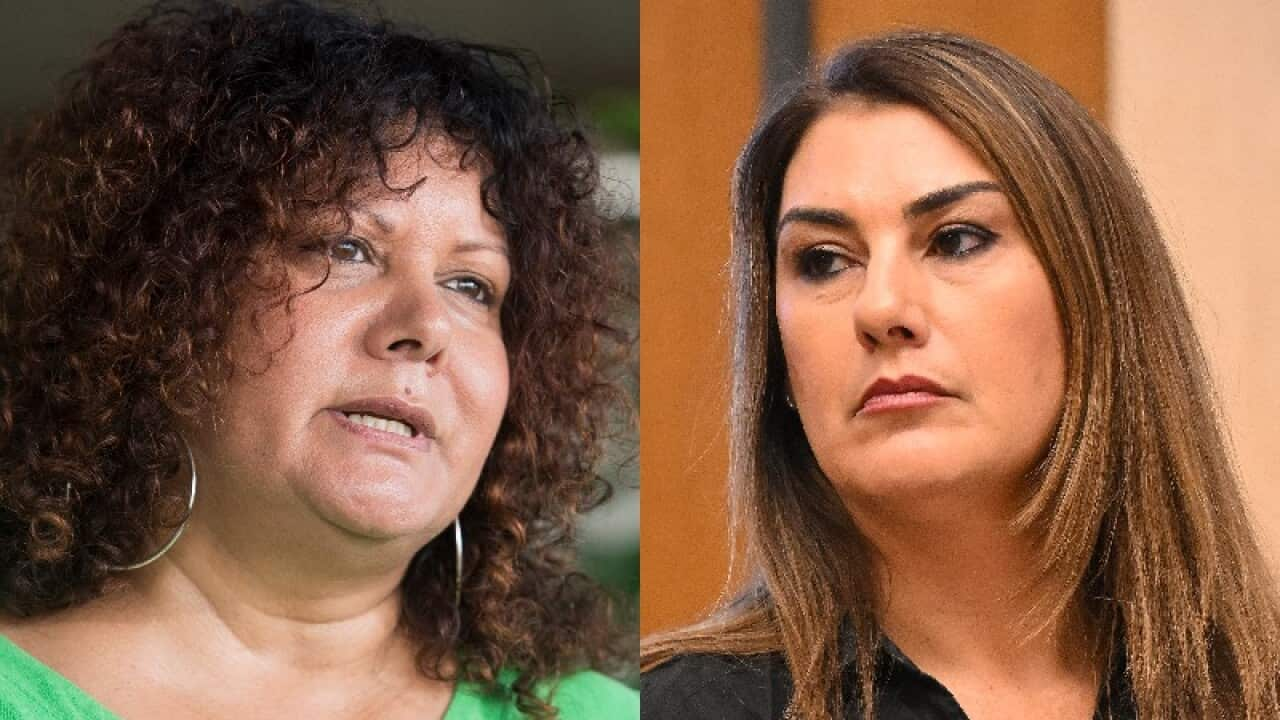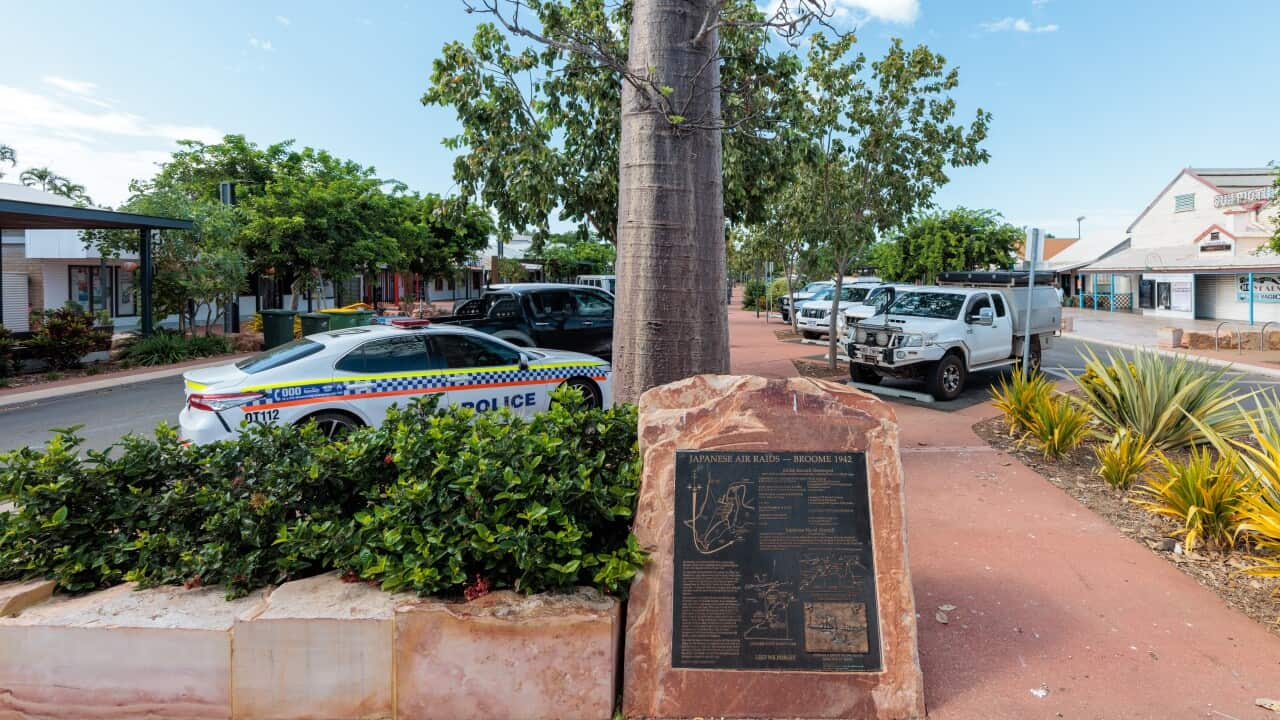Sentencing convicted Aboriginal people to a healing program, and incorporating traditional Lore in courts, are about to become real options in the Groote Eylandt Archipelago, off the Northern Territory’s coast.
It’s something Elders have been lobbying for for decades and Naomi Wurramarra is moved to see it finally happening on Country.
"This is the first time we put this [rehabilitation] centre here for the three communities to share, and I am so proud," Anindilyakwa community justice group member Naomi Wurramarra says.
"We feel like we are working together and helping each other for the future to go on and bringing our people home from the prison."
Breaking the cycle
Groote Eylandt has a tough history with the justice system.
In the 1980s, the incarceration rates were so high they inspired a national by the then boss of the country’s crime watchdog.
The Australian Institute of Criminology’s then Assistant Director David Biles concluded the cause of high crime rates were twofold, citing a conflict of culture, and alcohol abuse.

Members of the Anindilyakwa Community Justice Group Danjibana Noeleen Lalara and Naomi Wurramarra in Angurugu Source: NITV / Laetitia Lemke
“Starting with the influence of the missionaries who tended to encourage Aborigines to live in larger rather than smaller communities, and in settlements rather than in a nomadic manner.”
The report also pointed to the impacts of the local Manganese Ore mine and associated mining towns on traditional life.
“We were given the raw deal here,” Elder and Anindilyakwa Land Council (ALC) Chairman Tony Wurramarrba AO says of the western justice system his people have been subjected to since colonisation.

Anindilyakwa Land Council Chairman Tony Wurramarrba stands towards and audience wearing a pale blue shirt and purple glasses. Source: NITV / Laetitia Lemke
“For so long we have seen our young people travel back and forth to the prison system in Darwin,” Mr Wurramarrba says.
“This is a broken model and until now we have had no power to fix it, but that all changes today.”
'We'll see amazing results'
In Groote Eylandt and across the Northern Territory, Aboriginal people continue to be over represented in NT prisons.
First Nations people make up about 30 per cent of the general population in the NT, but account for almost 90 per cent of the prison population.
The jails are so full, some prisoners are having to be managed by police at watch houses.
The NT Director of the Aboriginal Justice Unit, Leanne Liddle, has spent the last six years working with remote communities to find ways of breaking the cycles of crime and reoffending.
The Central Arrernte woman Leanne Liddle saw an opportunity when she heard about the Groote Eylandt Peacemaker Program, using community groups and forums to improve dispute resolution.

Locals gather in the Angurugu basketball courts to celebrate the new Community Justice Groups, Community Court rounds and the rehabilitation facility on Country. Source: NITV / Laetitia Lemke
Councils, Governments and philanthropic organisations mapped out a plan to improve the justice system here, including a new facility to provide treatment on country.
“I think we’ll see amazing results with the turnaround in crime, holding people accountable, making better decisions, so they don’t get in contact with the justice system and if they do they never come back.”
“That’s the ultimate goal – saves taxpayers money and people feel safer,” Ms Liddle says.
The result is the construction of a rehabilitation facility on Country, the creation of government funded community justice groups, and a return of community courts where judges collaborate with Elders on sentencing to empower local leaders and traditional lore.
Attending celebrations in Angurugu, Chief Judge Elizabeth Morris says she's already referred her first cases to the new community courts that will begin next month.
“What is different is that the community will come up with some of the solutions that they think are going to work for that person and for the community,” Chief Judge Morris says.
“It might be a special kind of community work, where they repay the community, for something that they've damaged or something that they've stolen.”
Judges will also be able to get convicted Aboriginal people support, sending them to the Anindilyakwa Healing Facility that is nearing completion.
The new 32 bed facility has been built with funding from the Anindilyakwa Land Council, NT and Federal Governments, and philanthropic money.

Anindilyakwa Land Council Chairman Tony Wurramarrba (Left) sits with the NT Attorney-General Chansey Paech. Source: NITV / Laetitia Lemke
“That will be a really useful option for the court when considering people who might otherwise be in jail but could be helped by being in a remote location and working on the issues that are causing them to offend,” Chief Judge Morris says.
She says evidence from a similar women’s facility run by DASA in Alice Springs shows the programs are having an impact on the levels of reoffending.
The NT Attorney General Chansey Paech says there is a clear need for more culturally appropriate justice systems and options.
“This isn’t about double punishment for Aboriginal Territorians, this is about the appropriate level of response and retribution for those in our community,” Attorney-General Paech says.
He says political “scare mongering” linking traditional Lore and severe punishments in these sentencing options is a nonsense.
“Every consequence being delivered through this program is in line with human rights declarations.”
The Attorney-General says two more alternative to custody sites are now being discussed for Central Australia and the Big Rivers Region as part of the NT Aboriginal Justice Agreement (AJA).
The AJA is a partnership to reduce Aboriginal incarceration rates, build community leadership and improve justice systems for first nations people.
Despite achieving bipartisan support for its AJA, the NT government has failed to fully fund it.
However the Attorney-General Paech says he is committed to rolling it out in full and will be making budget announcements on new money in the upcoming budget.





